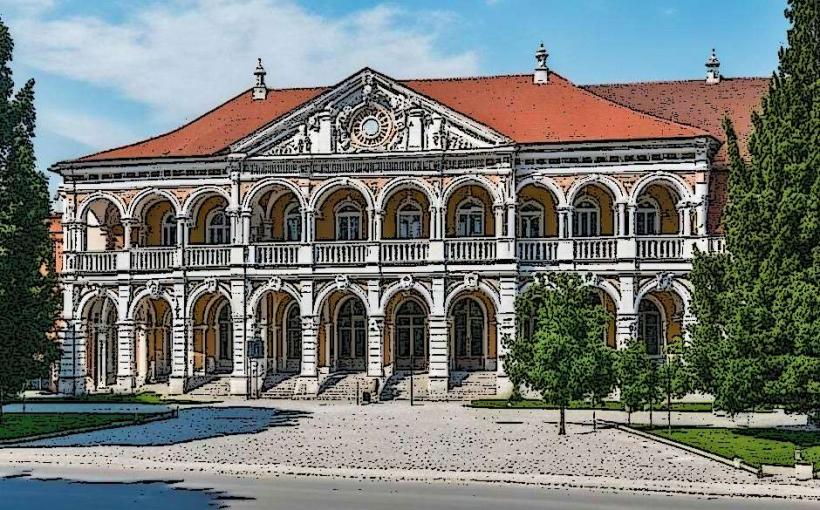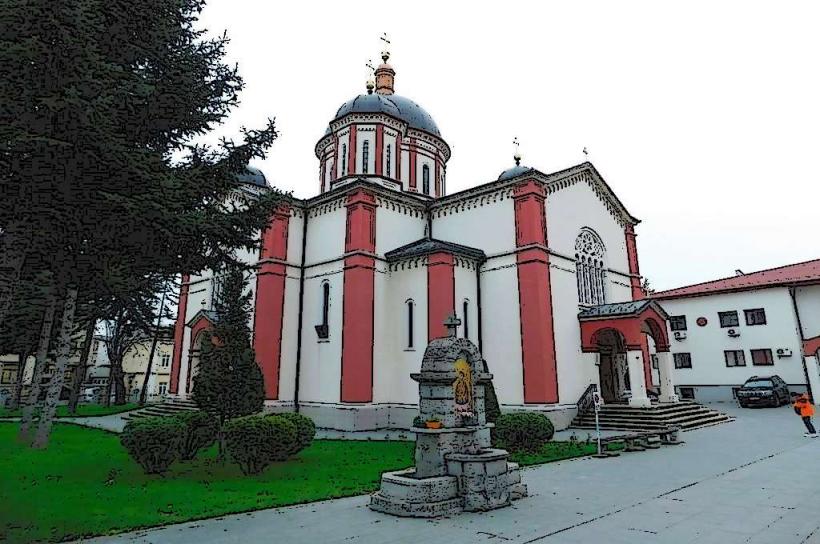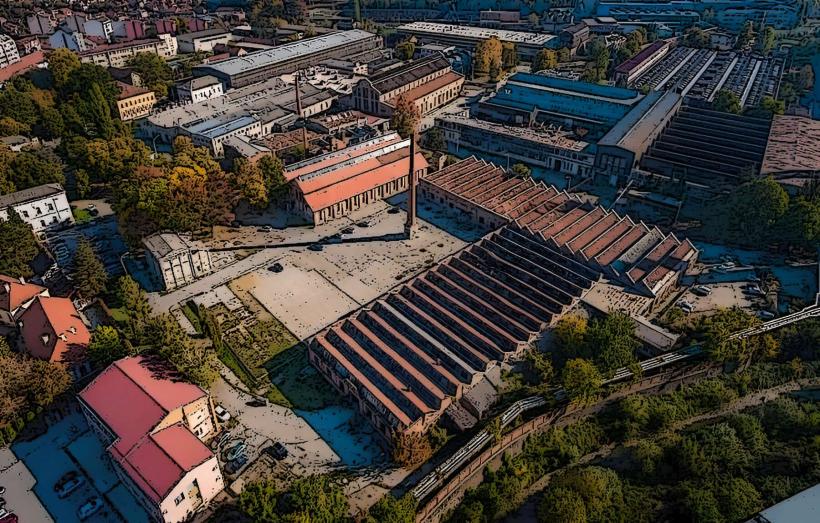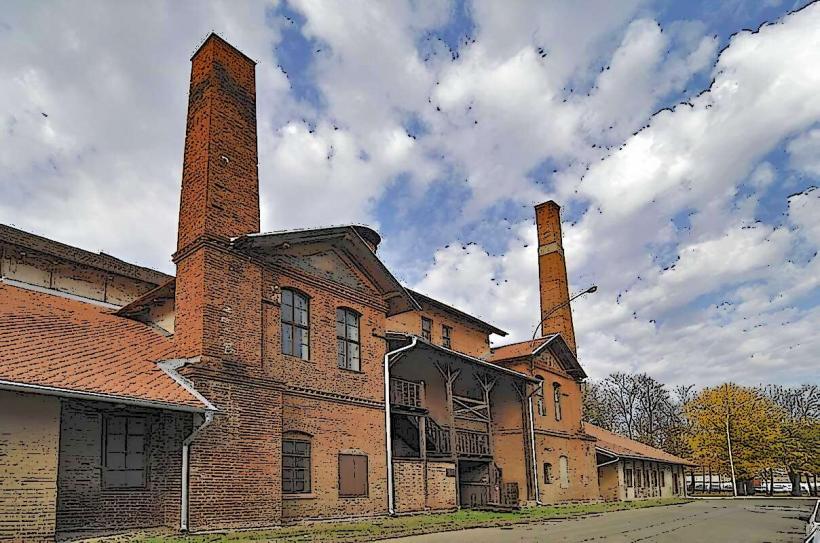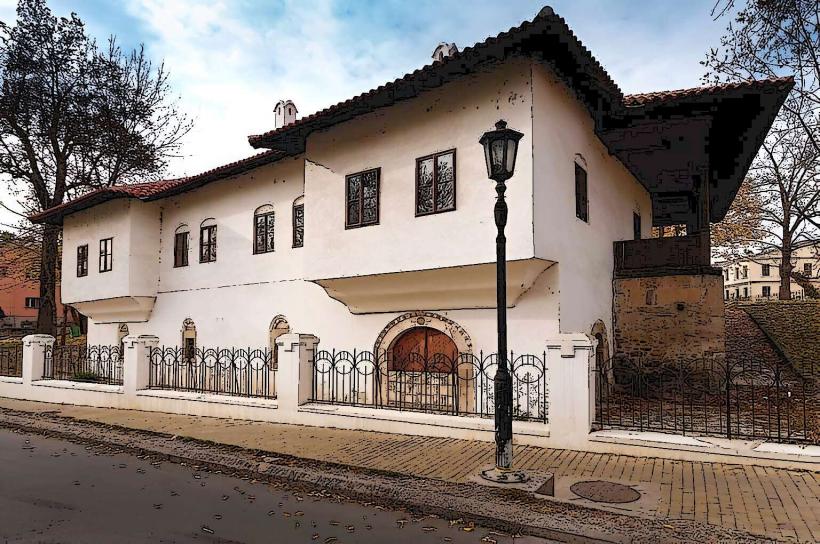Information
Landmark: Šumarice Memorial ParkCity: Kragujevac
Country: Serbia
Continent: Europe
Šumarice Memorial Park (Serbian: Šumarice Spomen-Park) is a significant historical and cultural landmark located in Kragujevac, the fourth-largest city in Serbia. The park is a memorial site dedicated to the victims of the October 21, 1941 massacre, during World War II, and stands as a reminder of the tragic events that took place in the city during the Axis occupation. The park is an important part of Kragujevac's identity, reflecting both the sorrow of its past and its resilience.
Historical Context
The Massacre of October 21, 1941:
- Kragujevac was the site of one of the most horrific massacres during the German occupation of Yugoslavia in World War II. On October 21, 1941, the Nazis executed more than 2,300 people, including civilians and partisans. The victims were shot in the Šumarice area, a forest near the city, as part of a brutal retaliation against the local population for the Partisan resistance activities in the area.
- The massacre was ordered in response to a Partisan ambush that resulted in the death of 10 German soldiers. As a reprisal, the occupying forces executed a mass killing of innocent civilians, including men, women, and children, in an attempt to instill fear and suppress the resistance movement.
Post-War Memorialization:
- After the war, the Šumarice area was turned into a memorial to honor the victims of the massacre. In 1953, the Šumarice Memorial Park was officially opened, and the site has since become a focal point for remembrance, peace, and reflection on the atrocities of war.
- Today, the park is a symbol of the sacrifice and suffering endured by the people of Kragujevac, and it serves as an important educational site, preserving the memory of those who lost their lives during the war.
Main Features of the Memorial Park
Monument to the Victims:
- One of the central features of the park is the Monument to the Victims of the October 21, 1941 Massacre, which commemorates the lives lost in the tragedy. The monument is a striking, abstract sculpture designed by Bogdan Bogdanović, a prominent Serbian architect and urban planner. The monument is meant to evoke the pain and suffering of the victims, with a focus on the tragic loss of innocent lives.
- The monument stands as a solemn reminder of the horrors of war, and its design features elements that symbolize both the grief of the victims and the hope for peace and reconciliation.
The Memorial Complex:
- The memorial complex includes several other commemorative structures, including graves and plaques that honor the victims. The site is also home to the Kragujevac Memorial Museum, which exhibits historical artifacts, photographs, and documents related to the massacre, as well as broader themes of resistance and liberation during World War II.
- Visitors can learn about the tragic events of the massacre and its historical context, as well as the broader impact of the war on the region. The museum and the park also educate future generations about the importance of preserving peace and preventing the recurrence of such atrocities.
The Memorial Cemetery:
- The Memorial Cemetery is located within the park, where many of the executed victims are buried. The cemetery serves as a place of quiet reflection and remembrance, with rows of graves marked by simple stone slabs. These graves honor the lives lost in the massacre and are maintained as a solemn tribute to the victims.
- The memorial graves serve as a powerful symbol of the suffering endured by the people of Kragujevac, and the cemetery remains a site for annual commemorations and memorial services.
The Massacre Site:
- The exact location where the massacre took place is marked within the park by a series of memorial plaques and interpretive signs. These markers detail the events of October 21, 1941, and the victims' identities, offering visitors a chance to understand the scale of the atrocity and reflect on the cruelty of war.
- The site is frequently visited by local school groups, historians, and foreign visitors, who come to pay their respects and learn about the horrors of the past.
Visitor Experience
Commemorative and Educational Role:
- Šumarice Memorial Park serves as both a commemorative site and an educational center. It provides a space for reflection on the human cost of war and the importance of remembering the past. The park is a solemn, respectful place where visitors can learn about the history of the massacre and honor the victims.
- The Kragujevac Memorial Museum offers educational programs, exhibitions, and lectures that provide deeper insight into the history of the massacre and the Partisan resistance movement. The museum also focuses on broader themes of war, peace, and reconciliation.
Annual Commemorations:
- Every year, on October 21, the anniversary of the massacre, a memorial ceremony is held at the Šumarice Memorial Park. The ceremony is attended by government officials, survivors, relatives of the victims, and the general public. During the ceremony, flowers are laid at the monument, and there are speeches honoring the memory of the victims. The ceremony serves to ensure that the memory of the massacre is preserved and that future generations understand the importance of peace and the horrors of war.
The Park's Atmosphere:
- In addition to its historical and commemorative significance, Šumarice Memorial Park is also a peaceful green space. It offers a quiet place for visitors to reflect and contemplate, with large trees, walking paths, and well-maintained gardens that provide a tranquil atmosphere. The park is often visited by families and locals who come to enjoy the peaceful setting, and it offers a sense of calm and respect amidst the sorrowful history of the site.
Conclusion
Šumarice Memorial Park in Kragujevac is a powerful testament to the tragedy that occurred during World War II and serves as a reminder of the consequences of war and the importance of remembering the past. The park and its memorials honor the victims of the October 21, 1941 massacre, and the site plays an important role in preserving the memory of the atrocities committed during the Nazi occupation. It is a place of remembrance, reflection, and education, reminding visitors of the need for peace, human dignity, and resilience in the face of adversity.

